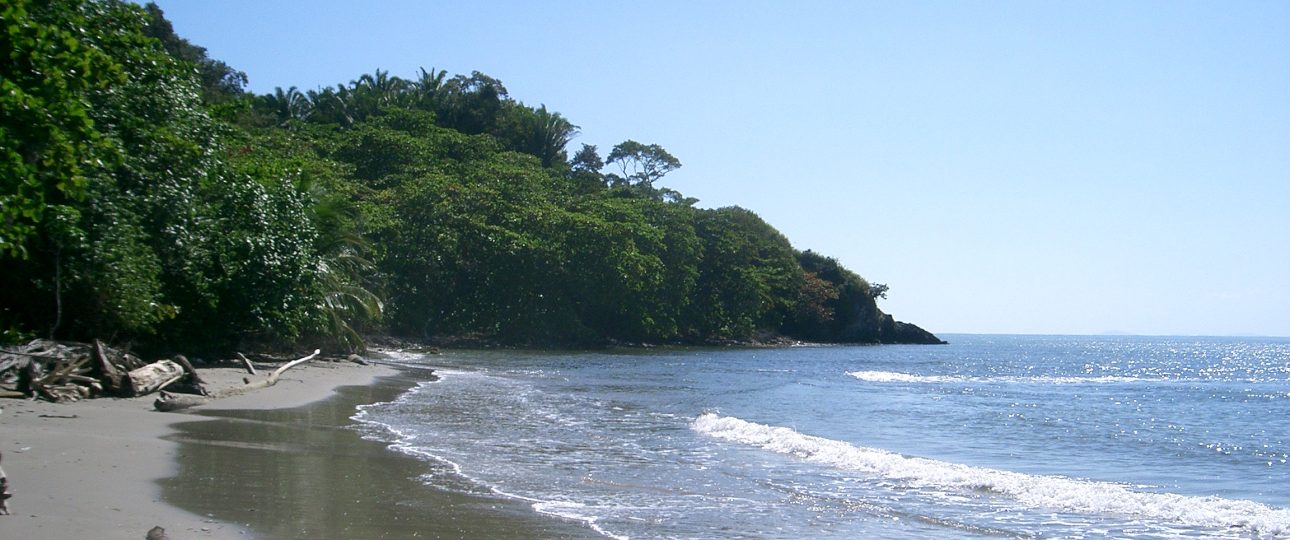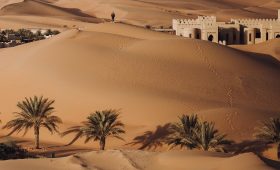Exploring Jeanette Kawas National Park in Honduras
Location and Geography
Jeanette Kawas National Park is located on the northern Caribbean coast of Honduras, within the municipality of Tela in the Atlántida department. Spanning 781.62 square kilometers, the park offers a diverse landscape of beaches, tropical forests, mangroves, lagoons, and rivers. Its elevation reaches up to 900 meters, providing varied ecosystems to explore.
Historical Context
Originally established as Punta Sal National Park on November 4, 1994, the park was renamed in honor of Jeanette Kawas, an environmental activist and former president of the PROLANSATE foundation. Kawas was tragically murdered in 1995 due to her efforts to protect the park from palm plantation encroachment. The park is also recognized as a Wetland of International Importance under the Ramsar Convention since March 28, 1995.
Flora and Fauna
Jeanette Kawas National Park is a biodiversity hotspot. Bird enthusiasts can spot species such as the keel-billed motmot, turquoise-browed motmot, and resplendent quetzal. Mammals like the West Indian manatee and white-headed capuchin monkeys roam the area. The park’s waters are home to sea turtles, including green and leatherback turtles, and a variety of fish species. Plant life includes unique species like Ormosia macrocalyx and Salacia impressifolia.
Activities and Attractions
Hiking and Nature Trails
The park offers a range of hiking trails suitable for all skill levels. Trails lead to waterfalls, caves, and scenic viewpoints. While the trails are generally well-maintained, be prepared for some challenging terrain and bring appropriate gear.
Snorkeling and Scuba Diving
Explore the vibrant marine life by snorkeling or diving in the park’s clear waters. Coral reefs and diverse marine species, including dolphins and tropical fish, await underwater explorers. Note that conditions can vary, so check local advisories before diving.
Wildlife Spotting
Wildlife enthusiasts can observe monkeys, jaguars, and a variety of bird species. Guided tours are available, offering insights into the park’s ecosystems and increasing your chances of spotting elusive animals.
Best Time to Visit
The dry season, from December to April, is ideal for visiting, offering pleasant weather and better wildlife visibility. For those seeking fewer crowds, consider the shoulder seasons of May to June or September to November, though be prepared for occasional rain.
Getting There
To reach Jeanette Kawas National Park, fly into Ramón Villeda Morales International Airport in San Pedro Sula. From there, you can take a domestic flight to La Ceiba or hire a private taxi. Alternatively, buses and rental cars are available for the drive to La Ceiba.
Local Transportation
Once in La Ceiba, access the park by hiring a local guide or joining a tour. Guides provide valuable knowledge about the park’s trails and wildlife. Boat trips are also available for exploring the marine ecosystems.




